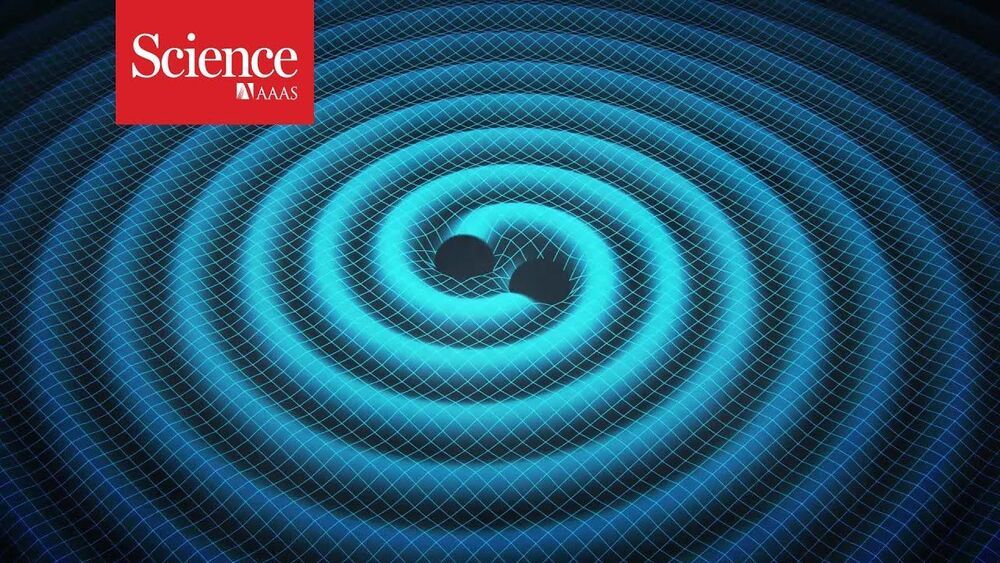This shows also the hertz of reality circa 2016.
Long ago, deep in space, two massive black holes—the ultrastrong gravitational fields left behind by gigantic stars that collapsed to infinitesimal points—slowly drew together. The stellar ghosts spiraled ever closer, until, about 1.3 billion years ago, they whirled about each other at half the speed of light and finally merged. The collision sent a shudder through the universe: ripples in the fabric of space and time called gravitational waves. Five months ago, they washed past Earth. And, for the first time, physicists detected the waves, fulfilling a 4-decade quest and opening new eyes on the heavens.
Here’s the first person to spot those gravitational waves
The discovery marks a triumph for the 1000 physicists with the Laser Interferometer Gravitational-Wave Observatory (LIGO), a pair of gigantic instruments in Hanford, Washington, and Livingston, Louisiana. Rumors of the detection had circulated for months. Today, at a press conference in Washington, D.C., the LIGO team made it official. “We did it!” says David Reitze, a physicist and LIGO executive director at the California Institute of Technology (Caltech) in Pasadena. “All the rumors swirling around out there got most of it right.”









Comments are closed.